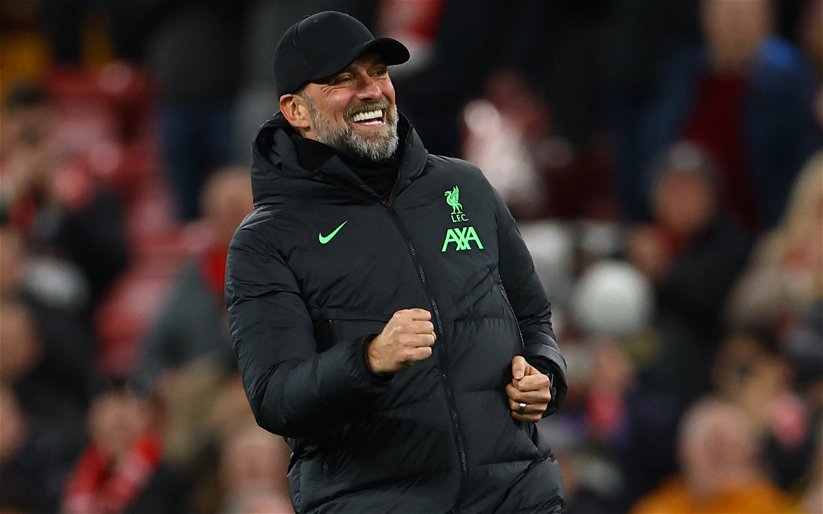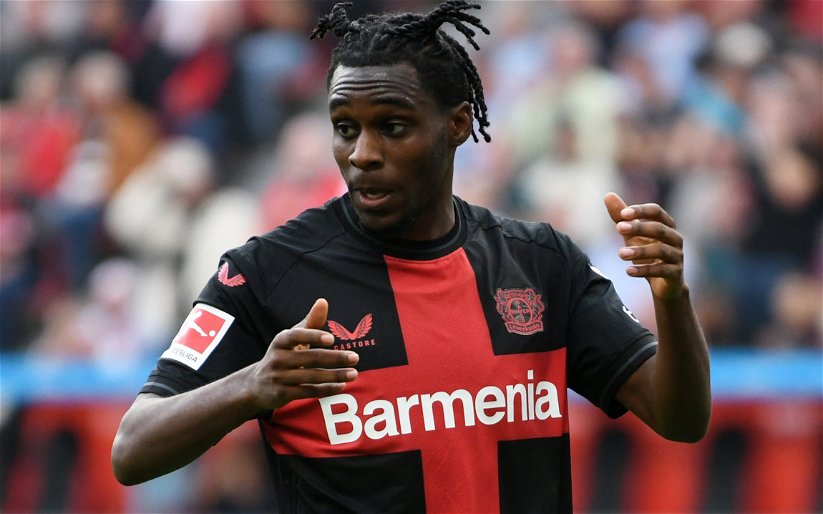 SO, I was going to join the speculation on all the new and exciting players that may be coming to Anfield in January. The likes of Hakan Calhanoglu, Martin Montoya, and Javier Pastore are supposedly on the wish list and being drooled over by various contingents of Liverpool FC.
SO, I was going to join the speculation on all the new and exciting players that may be coming to Anfield in January. The likes of Hakan Calhanoglu, Martin Montoya, and Javier Pastore are supposedly on the wish list and being drooled over by various contingents of Liverpool FC.
But I am much more concerned about injuries right now: Sturridge who is projected to be out another 4 to 5 weeks, and Henderson who may not see the pitch for at least 2 to 3 games. The most telling injury of all, however, must be that of Stevie G. who has injured/re-injured his hamstring.
Steven has a long history of injury dating from back problems he had as a young Red. The consensus at the time was that he had grown too quickly and played too much during his developing years. Add to that the pressure to make it to the first squad and you have a formula for lower back dysfunction.
Athletes (and regular active people), compensate for weaknesses in the skeletal muscular system by overusing other areas. Favouring a knee, for example may lead to hip problems and compromised abdominal muscles may lead to shoulder and neck pain. Ankle and knee injuries may weaken the groin.
Steven Gerrard’s injuries seem to be a smorgasbord of lower body injuries. Somewhere in his history there is a key to his sequence of injuries and it may just lie in the medical care his early injuries received.
He somehow survived the incompetent medical staff that helped to effectively end the careers of Robbie Fowler and Harry Kewell – at least as far as we know. In the 2004 – 05 season a foot injury he suffered in September against Manchester United sidelined him until late November. He fractured his toe in an August 2007 Champions League qualifier against Toulouse, but returned four days later for a draw against Chelsea.
At the beginning of the 2008 – 09 season, Gerrard needed groin surgery to deal with a problem that had been plaguing him for years. Liverpool fans watched his quick return to action – but it may have been too quick as Gerrard missed the start of the 2011–2012 campaign due to that annoying groin, which had also kept him out of action for large parts of the 2010–2011 season.
Also in 2011, October 29th to be exact, Steven went into treatment for an ankle infection that ruled him out of both domestic and international duty.
In 2013, despite his age and inventory of war wounds, Steven Gerrard has played the lion’s share of Liverpool’s games. Sometimes he seems distracted and sometimes his acceleration seems slowed by a tug on his shirt by Father Time, but the creativity and accuracy of his passes remains undiminished.
What is diminished is his capacity to recover from significant injury. Professional athletes have a level of pain tolerance that is unapproachable by us mere mortals but time brings us closer together. Athletes’ ligaments are just as torn as yours or mine, their bruises just as blue and purple, and their concussion just as painful and disabling. They just have the ability to put the consequences on hold.
Many professional athletes, especially those involved in contact sports, are disabled by the time their playing days are over. It is the price they pay for not listening to their bodies.
At some point though, perhaps others should listen for them. In the case of Steven Gerrard, that person should be the manager. As Steven gets older, his desire to play and win is not diminished; he will kill himself for the game.
By playing Gerrard as much as he has, Brendan Rodgers, has not considered the limitations of an ageing player and threatens to shorten his career. It seems that limiting the captain’s playing time, resting him against weaker teams or occasionally bringing him in off the bench are not options to be considered.
I would like to watch Steven play until his pace is significantly diminished or his desire leaves him and he walks away. I believe we owe him all the consideration he needs to make his twilight years not only successful but remarkable; where he can play fit and help the team find its way back to Europe.




Steven would not take kindly to being rotated. Believe me!
Some injuries are more avoidable than others. Hamstrings are usually from being overplayed and hence fatigued. Sterling also suffered from this for being overplayed by Rodgers. Wenger is an example of how to rest and rotate.
Yea he’s a great example. Arsenal trophyless for how long with a far superior squad… Besides the fact that their medical room has been worse than ours.
A 33 yo guy does his hammy and this nonsense article pops up.
I’m not talking rotation a la Man U who have a depth that the rest of the league would love to have. I’m merely suggesting that second half substitutions and resting against weaker teams should be more frequent. Besides, we don’t have enough competent midfielders to even think of a rotation. lol. By the same token, it would give some of the younger midfielders to get more of a run out and gain some confidence and experience.
I think he could have been subbed earlier in a few of the games where we’ve been winning comfortably. Given he usually has a week to recover is okay, but his injury came after playing a midweek fixture as well for the first time in months.
Look . Injuries happen . To every team . Every team has to cope .thats what squads are for . Get over it . It’s no big deal . At least its noT Suarez